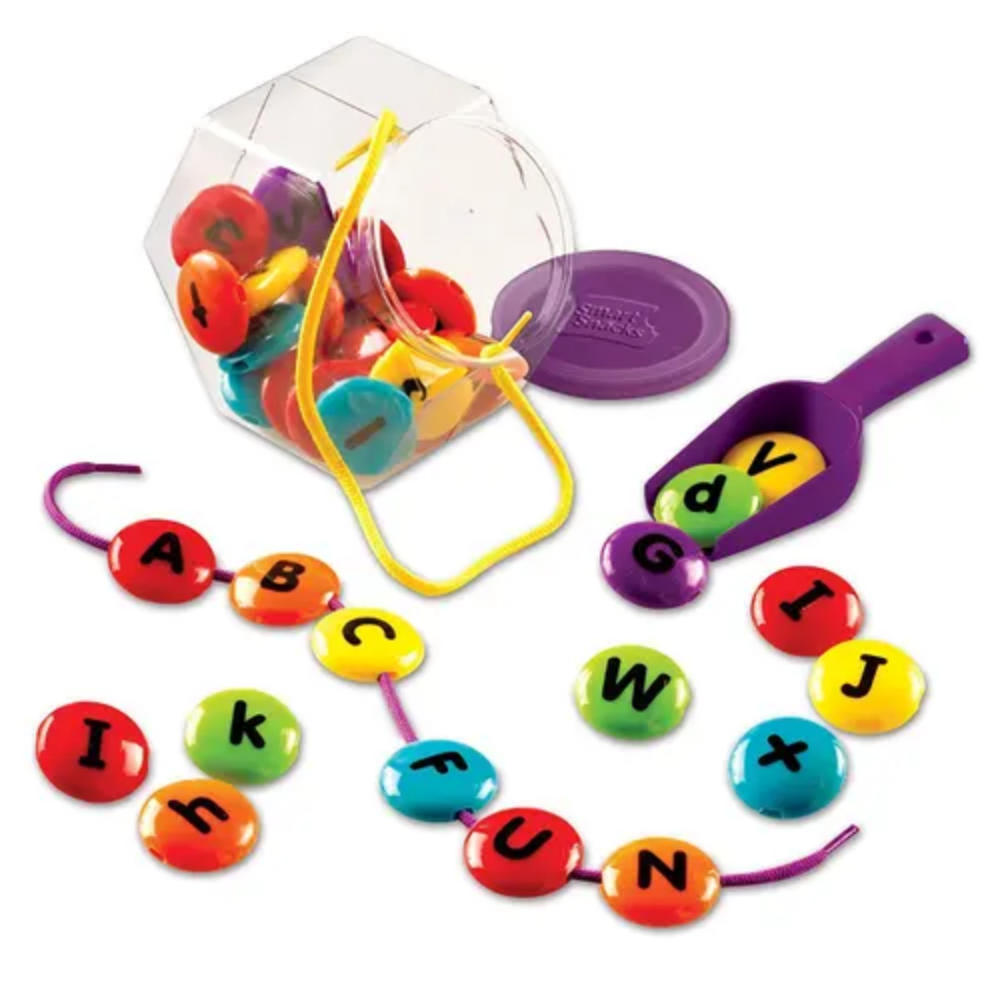
Fun with Census Data
- Patria Lincoln Posted On Jun 30, 2020 | Math
In 2020, America will be counted in the US Census. The U.S. Census Bureau collects and organizes a wide variety of population data and other types of information for the nation, states, and counties. Governments, businesses, and school districts use this information to make decisions that affect everyone. Did you know that many of these facts are available om their website? Here are some activities that can be done at different grade levels with the information about your neighborhood and the nation:

Pre-School
- Transportation is a fun and common theme in early-preschool classrooms. Discuss how you and the people in your community get to work, school, or the grocery store, or go to visit people in another state. Do they walk, drive or use public transportation? You can see how your answers compare to the transportation data from your state and other states.
- Use the census data on popular jobs in your area to discuss what your child would like to be when they grow up. Use your creative side to draw out what you think you would look like doing that job!
Kindergarten
- Put yourself in the shoes of a U.S. Census Bureau agent. Pick things in the house or classroom that you want to count. Write down your final data and explore the concepts of greater than or less than. You can also introduce addition and subtraction.
1st Grade
- The 2020 Census is in full swing. Students and their families can join in from home by using the response rate map to explore how many people are responding to the 2020 Census in their community. The map is updated daily.
2nd Grade
- Learn how to understand data from the U.S. Census Bureau that show the number of bedrooms in people’s homes all around the United States. Use this data to create your dream home! How many bedrooms and bathrooms will it have? What will it look like? Who will live there with you? For an added activity, draw or construct your house.
3rd Grade
- How does the population of your state compare with the population of another state? Look at data from different states and create bar graphs to make comparisons.
- Create a geography scavenger hunt! Pick out a location, and give students a series of clues about landmarks, weather, and population—and use a U.S. Census Bureau data tool called State Facts to answer questions that lead them to the place!
4th Grade
- A good way to compare and contrast data is to place those data on a graph. Use 2018 data from State Facts for Students to make a line graph comparing the estimated numbers of births in two U.S. states over four years.
- Analyze and compare census data on the earnings of people with different college majors. You can also create word problems and draw conclusions about the data. How does your dream job compare with that of your friends?
Get your children involved in filling out the census for your household! Visit https://my2020census.gov/ to make sure your family is counted. It takes just minutes to complete and the U.S. Census Bureau keeps all your information confidential.
 Shop UK Site
Shop UK Site 





































